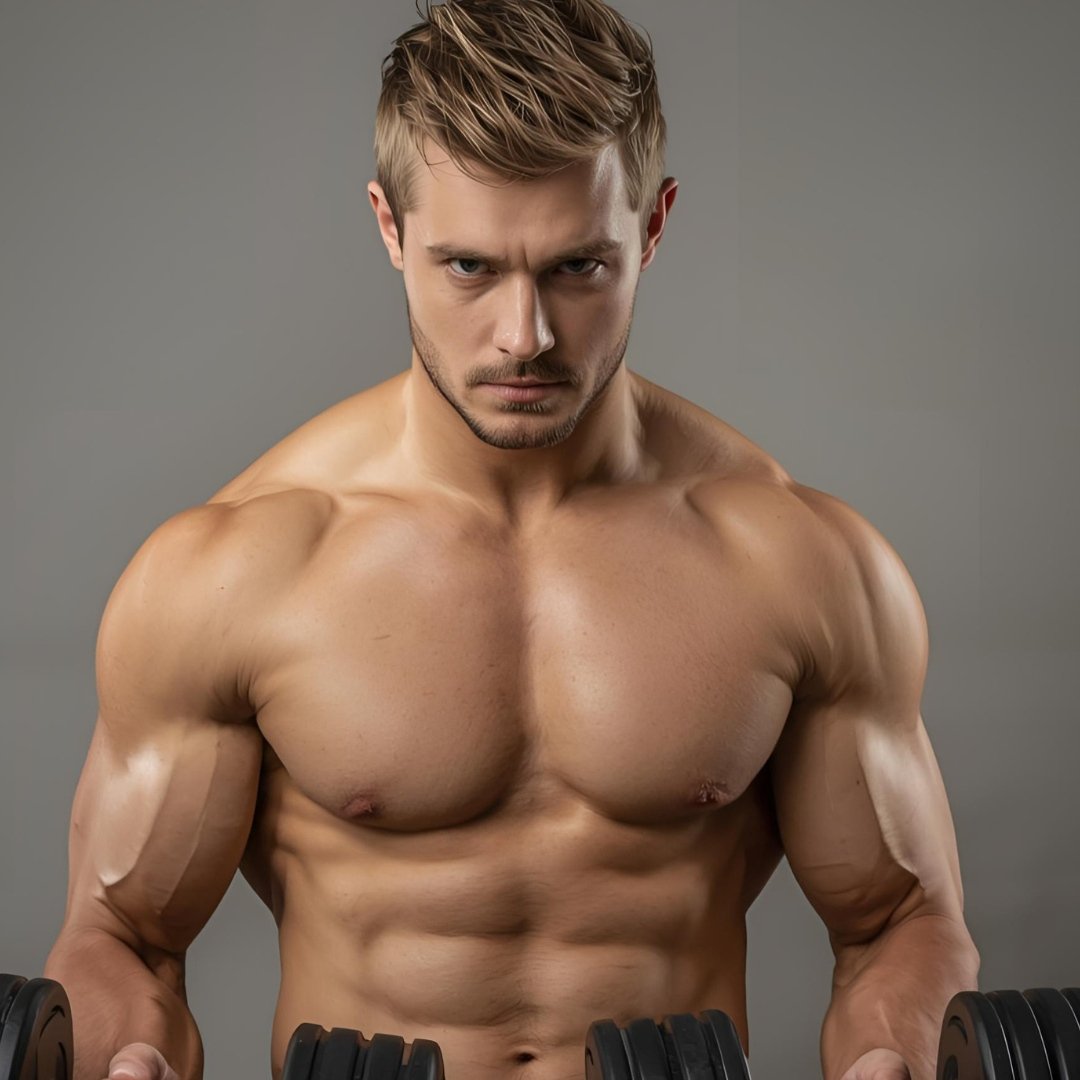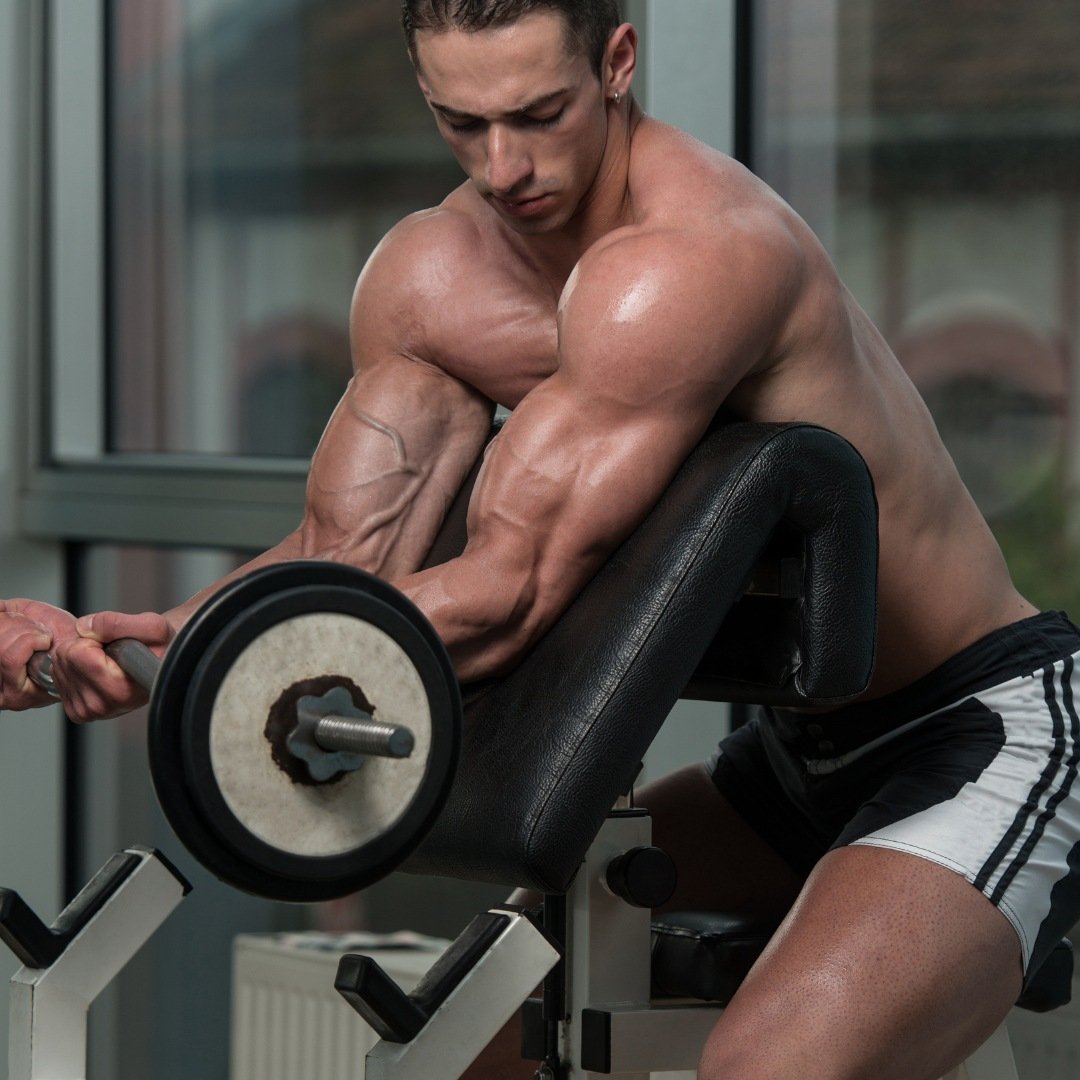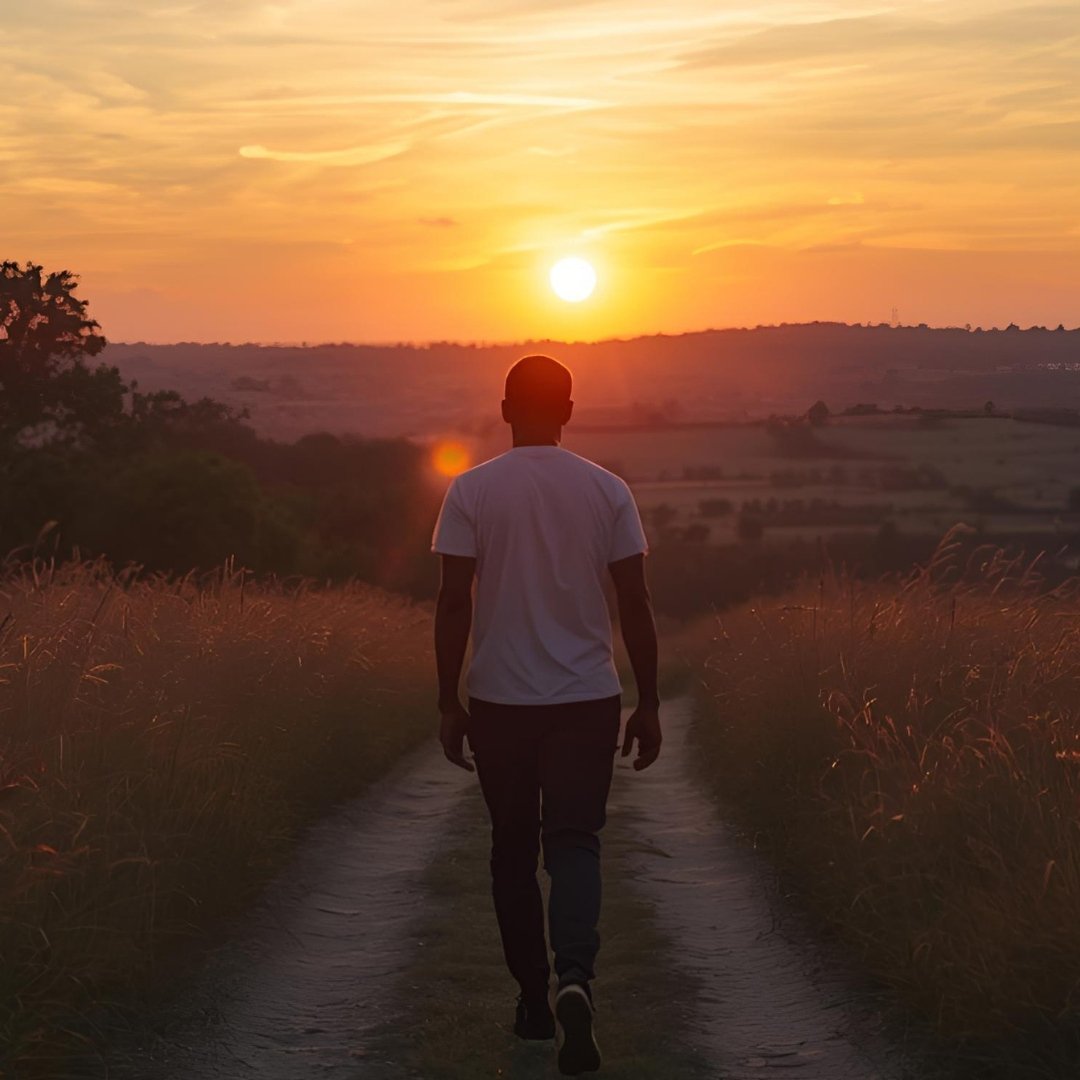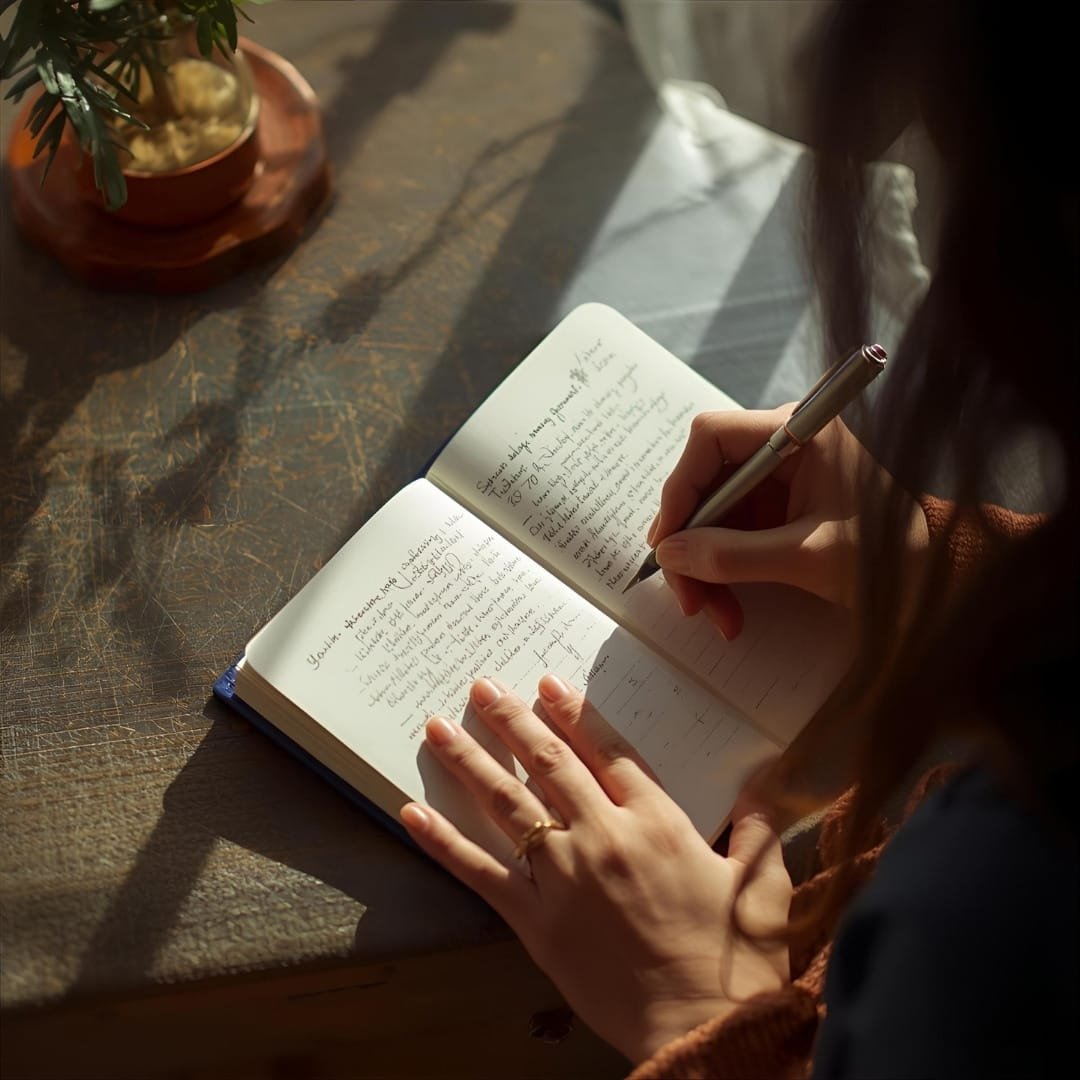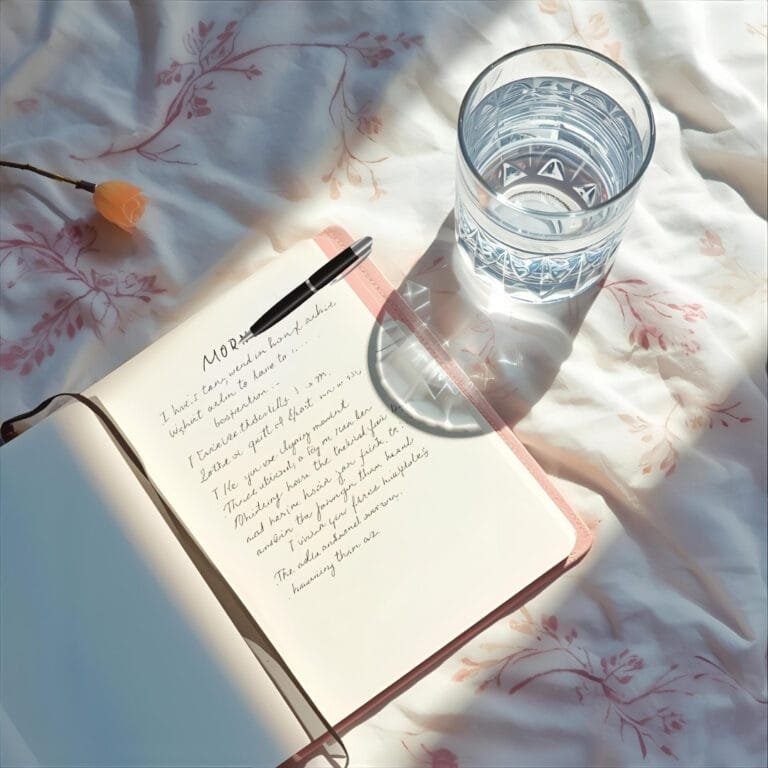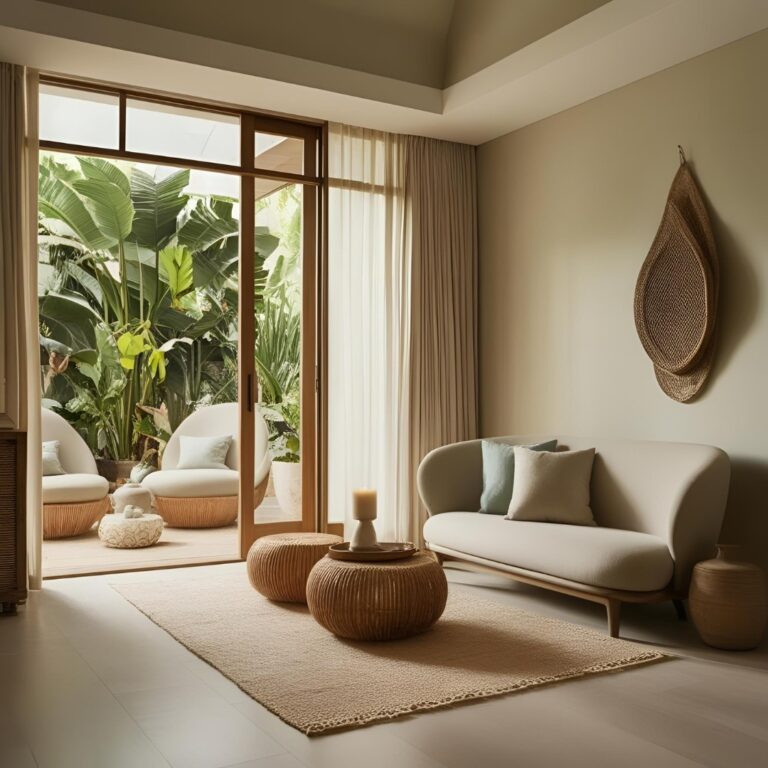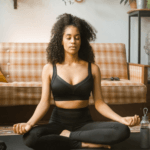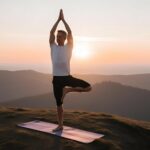Disclosure:
Thank you for reading this post, don't forget to subscribe!
Some of the links on this website are affiliate links. This means that if you click on the link and make a purchase, we may receive a small commission at no extra cost to you. Your support helps us keep the site running.Learn more on my Privacy Policy and Affiliate Disclosure page. Thank you for your support!

Yoga is more than just a workout; it’s a practice that promotes relaxation, mental clarity, and physical well-being. Whether you’re new to yoga or seeking relaxation techniques, this guide will provide the perfect introduction. Yoga can be an incredibly effective tool to reduce stress, improve flexibility, and find inner peace. In this guide, we will walk you through five essential yoga poses that are perfect for beginners and focus on relaxation.
Starting something new often brings questions, especially when it’s yoga. “Am I flexible enough? Can I really relax?” Worries like these are common, but the truth is, yoga welcomes everyone, regardless of fitness level or age. It’s less about the ability to twist like a pretzel and more about personal growth and finding what works for you.
The goal of this post is to help beginners understand the basics of yoga, with a specific focus on poses and techniques that promote relaxation. You don’t need any fancy equipment—just a mat, a quiet space, and an open mind. Let’s begin your journey to a calmer, more relaxed state through yoga.
Check out Mental Health Matters: Practical Tips for Managing Anxiety and Stress – Explore how mindfulness can improve not only your physical well-being but also your mental health.
Section 1: Why Yoga is Perfect for Relaxation
The Connection Between Yoga and Relaxation
Yoga uniquely combines movement, breathwork, and mindfulness to reduce stress and anxiety. By focusing on your breath and synchronizing it with your movements, yoga helps calm the nervous system. When practiced regularly, yoga activates the parasympathetic nervous system, often called the “rest and digest” system. This system lowers cortisol (the stress hormone) levels and promotes relaxation.
Yoga’s emphasis on deep breathing also helps to clear the mind. Concentrating on your breath allows you to focus on the present moment, reducing anxiety and calming the mind. The result is a profound sense of peace that can last long after your yoga session is over.
Benefits for Beginners
For beginners, yoga offers an accessible and gentle introduction to physical activity that doesn’t require advanced flexibility or fitness. Unlike many forms of exercise, yoga is non-competitive and can be adapted to suit any fitness level. Most importantly, it’s easy to practice yoga at home— all you need is a mat, a quiet space, and some simple instructions.
Beginners can benefit from yoga’s gentle movements and stretches that help to relieve tension in the muscles, especially in the back, neck, and shoulders where stress is often held. This combination of stretching and deep breathing promotes mental relaxation and provides physical benefits.
read more about Harvard Health’s article on the stress-relieving benefits of yoga – Learn more about the science-backed benefits of yoga in reducing stress.
read next:
Section 2: Essential Yoga Poses for Relaxation

To help you start your journey to relaxation, here are five essential yoga poses that beginners can practice to relieve stress and tension. Each pose focuses on stretching, breathing, and finding calm.
Pose 1: Child’s Pose (Balasana)
How It Helps: Child’s Pose is one of the most beginner-friendly poses and is ideal for promoting relaxation. It gently stretches the lower back, hips, and thighs while allowing the body to rest, which helps to calm the mind and soothe the nervous system.
How to Perform:
- Start by kneeling on your mat, sitting back on your heels with your big toes touching.
- Slowly fold your torso forward, extending your arms in front of you.
- Rest your forehead on the mat and breathe deeply.
- Stay in this pose for 1-3 minutes, focusing on relaxation and your breath.
Pose 2: Corpse Pose (Savasana)
How It Helps: Known as the ultimate relaxation pose, Savasana helps the mind and body fully rest and recover. It’s a simple yet powerful pose for calming the nervous system and helping the body to relax completely.
How to Perform:
- Lie flat on your back with your arms at your sides, palms facing up.
- Let your legs fall naturally apart, and allow your body to relax completely.
- Close your eyes and focus on slow, deep breathing.
- Stay in this pose for 5-10 minutes, allowing your body to rest fully.
Pose 3: Seated Forward Fold (Paschimottanasana)
How It Helps: Seated Forward Fold stretches the back and hamstrings while promoting a calming effect on the mind. It’s great for releasing tension, particularly in the lower back, and encourages deep relaxation.
How to Perform:
- Sit on your mat with your legs extended straight in front of you.
- Inhale and lengthen your spine.
- As you exhale, gently fold forward, reaching for your toes (or as far as you can comfortably go).
- Hold this pose for 1-3 minutes, focusing on deep breathing and lengthening your spine.
Pose 4: Legs-Up-the-Wall (Viparita Karani)
How It Helps: This pose is perfect for beginners and is especially useful for relieving tired legs and promoting relaxation. It helps improve circulation, reduce swelling, and calm the mind.
How to Perform:
- Sit next to a wall and gently lie back as you extend your legs up the wall.
- Let your arms rest at your sides, palms facing up.
- Relax your entire body and breathe deeply.
- Hold this pose for 5-10 minutes, enjoying the sense of calm it brings.
Pose 5: Cat-Cow Stretch (Marjaryasana-Bitilasana)
How It Helps: This gentle flow between Cat and Cow poses stretches the spine, relieving tension from the neck and back. It promotes flexibility while encouraging mindfulness as you synchronize your movements with your breath.
How to Perform:
- Start on your hands and knees, with your wrists directly under your shoulders and your knees under your hips.
- Inhale as you arch your back (Cow Pose), lifting your head and tailbone.
- Exhale as you round your spine (Cat Pose), tucking your chin and tailbone.
- Repeat this flow for 1-3 minutes, focusing on the rhythm of your breath.

Section 3: How to Set Up a Relaxing Yoga Practice at Home
Creating a Calm Environment
Setting up a calm and peaceful environment is essential for a relaxing yoga practice. Find a quiet space in your home where you can practice without distractions. You don’t need much—just a yoga mat, soft lighting, and calming music can create the perfect atmosphere. Consider adding a few drops of lavender essential oil to enhance the calming effect of your practice.
Breathwork for Relaxation
Pairing each yoga pose with deep, mindful breathing is key to maximizing relaxation. One of the simplest and most effective breathing techniques is diaphragmatic breathing, where you focus on fully expanding your lungs with each breath. To try this:
- Sit or lie comfortably.
- Inhale deeply through your nose, allowing your belly to rise as you fill your lungs.
- Exhale slowly and fully through your mouth.
- Continue this for 1-3 minutes before or during your yoga session to calm your mind.
Section 4: Tips for Beginners to Maximize Relaxation in Yoga
Focus on the Breath, Not Flexibility
As a beginner, it’s important to focus on your breath rather than how deep you can go into a pose. Yoga is not about achieving the “perfect” posture—it’s about listening to your body and finding peace in the present moment. Concentrating on your breath will help you relax, and over time, your flexibility will naturally improve.
Consistency is Key
The key to experiencing the full relaxation benefits of yoga is consistency. Even if you only practice for 10-15 minutes a day, regular yoga practice will improve both your physical flexibility and mental calmness. Make it a habit to practice daily, and you’ll soon notice the positive effects on your well-being.
learn more about Yoga Journal’s guide on relaxation techniques for beginners – Explore more techniques for deepening relaxation through yoga.
Section 5: Common Mistakes to Avoid
Pushing Too Hard
One of the most common mistakes beginners make is pushing their bodies too hard. Yoga should be a gentle, mindful practice. Avoid overstretching or forcing your body into positions that cause discomfort. Listen to your body and ease into each pose at your own pace.
Forgetting to Breathe
Another common mistake is forgetting to focus on your breath. Without mindful breathing, yoga can lose its relaxation benefits. Be sure to coordinate your breath with your movements, and remember that the breath is just as important as the pose itself.
Explore more:
Conclusion
Yoga is an incredibly effective way to promote relaxation, reduce stress, and improve both physical and mental well-being. These five beginner-friendly poses provide an excellent starting point for incorporating yoga into your daily routine. Remember, yoga is about progress, not perfection. Start small, practicing just one or two poses a day, and let the calming benefits of yoga guide you toward greater relaxation.
Yoga brings a load of benefits beyond just relaxing. It can enhance flexibility, boost mood, and even improve sleep. As you explore, you’ll uncover what resonates most with you, creating a wonderfully personalized journey.
Listening to stories from fellow beginners can be really encouraging. Hearing how others have found greater calm or conquered their beginner challenges reminds us of the potential rewards yoga holds beyond trying to touch those toes.
Have you tried yoga for relaxation? Share your experience in the comments below, and don’t forget to subscribe for more beginner-friendly yoga tips and wellness practices.
find out more about 5 Yoga Tips for Beginners to Maximize Stress Relief – Learn more tips to deepen your stress-relief practice through yoga.
more about:
HEALTH / WELLNESS / FITNESS / NUTRITION
SHARE THIS ARTICLE



